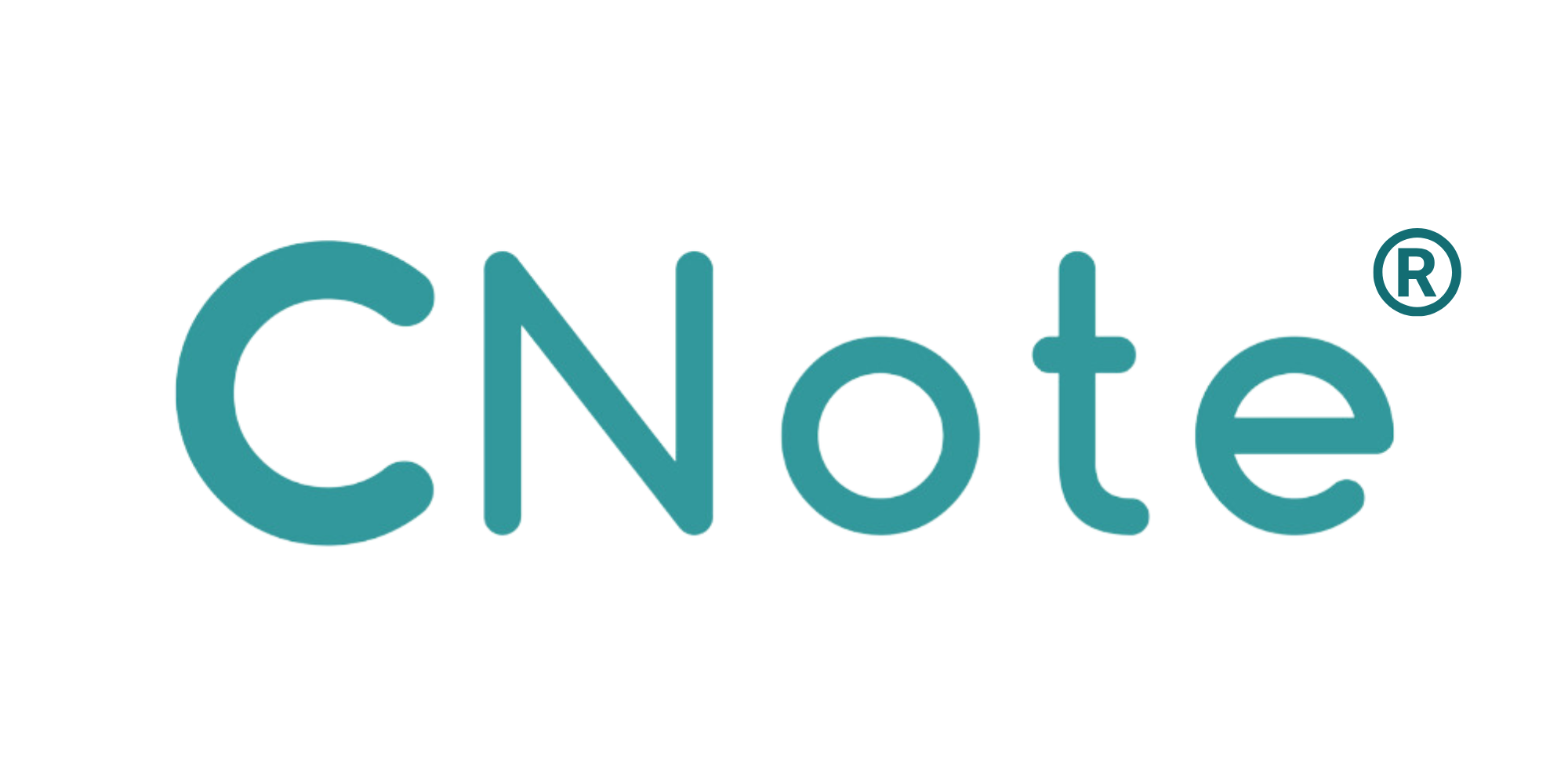-

The Resilience of the CDFI Industry Across Market Cycles
When economic headwinds strike, investors and institutions often retreat to safety, prioritizing liquidity and capital preservation. But what if there’s a segment of the financial system that offers both stability and impact, even in downturns? Enter the Community Development Financial Institution (CDFI) industry. While big banks may dominate headlines, CDFIs, through community banks, credit unions,…
-

How Money Flows Through CNote’s Impact Cash Platform
For corporate treasurers and institutional cash managers, the fiduciary responsibility is clear: maximize yield while minimizing risk. That often means optimizing liquidity strategies without compromising safety. But there’s another consideration gaining traction—how and where that cash is working while it sits. CNote’s Impact Cash platform was built to meet that need. It enables clients to…
-

Impact Cash: Frequently Asked Questions for Institutions
Impact Cash is CNote’s award-winning cash management solution that empowers institutions to earn competitive returns while helping communities thrive. Your idle cash is allocated across a network of FDIC and NCUA insured mission-driven banks and credit unions, supporting: small businesses, climate resilience, disaster recovery and affordable housing. What is Impact Cash? Impact Cash is a…
-

Disaster Recovery in Action: How Locus Bank and Cash Deposits Helped After Hurricane Helene
When Hurricane Helene tore through parts of the Southeast in early 2024, it didn’t just rip off roofs or flood fields, it ruptured livelihoods. For hundreds of small business owners across the Appalachian corridor, the aftermath wasn’t about insurance claims or news coverage. It was the next day. Could they reopen? Could they pay employees?…
-

Turn Cash into Community Impact: Build Trust and Loyalty Through a Community-Focused Cash Management Strategy
When a company steps up to support the community that supports it, something remarkable happens. Trust deepens. Loyalty grows. Communities become advocates. More businesses are discovering that investing in local communities does more than help people; it fuels brand strength and business resilience. It shows customers, employees and partners that your company stands for more…
-

How Strategic Deposits Build Resilient Communities: 4 Lessons From Industry Leaders
When a hurricane, wildfire, or flood hits, what happens to the local small businesses, farmers, and families left in its wake? And what role can finance teams play in getting those communities back on their feet, faster? These questions were at the heart of a recent webinar hosted by Cat Berman, CEO of CNote, with…
-

Unlocking the Full Potential of CDFIs: What’s Holding Them Back and How We Move Forward
Community Development Financial Institutions (CDFIs) are no longer just niche players in the financial ecosystem—they’re increasingly viewed as critical infrastructure for inclusive economic growth. But as the latest New York Fed podcast series on “CDFIs: Serving the Underserved and Making Missing Markets” makes clear, their potential is far from fully realized. As conversations about equitable…
-

3 Ways Foundations Can Maximize Their Impact with CNote
For foundations, every dollar matters. Whether it’s funding local initiatives, empowering underserved communities, or advancing crucial research, your capital needs to work as hard as your mission. But what if your foundation’s funds could do more than just sit in an account waiting to be spent? What if every dollar could earn returns while helping…
-

How Your Idle Cash Can Empower Your Local Community
Many institutions hold cash that isn’t actively generating value for their business or the greater economy. This idle cash often sits in low-yield accounts or accounts that don’t drive impact in the community, leaving opportunities to support your local economy untapped. But what if this idle cash could be put to work, not only benefiting…

Blog
Where finance meets impact.

